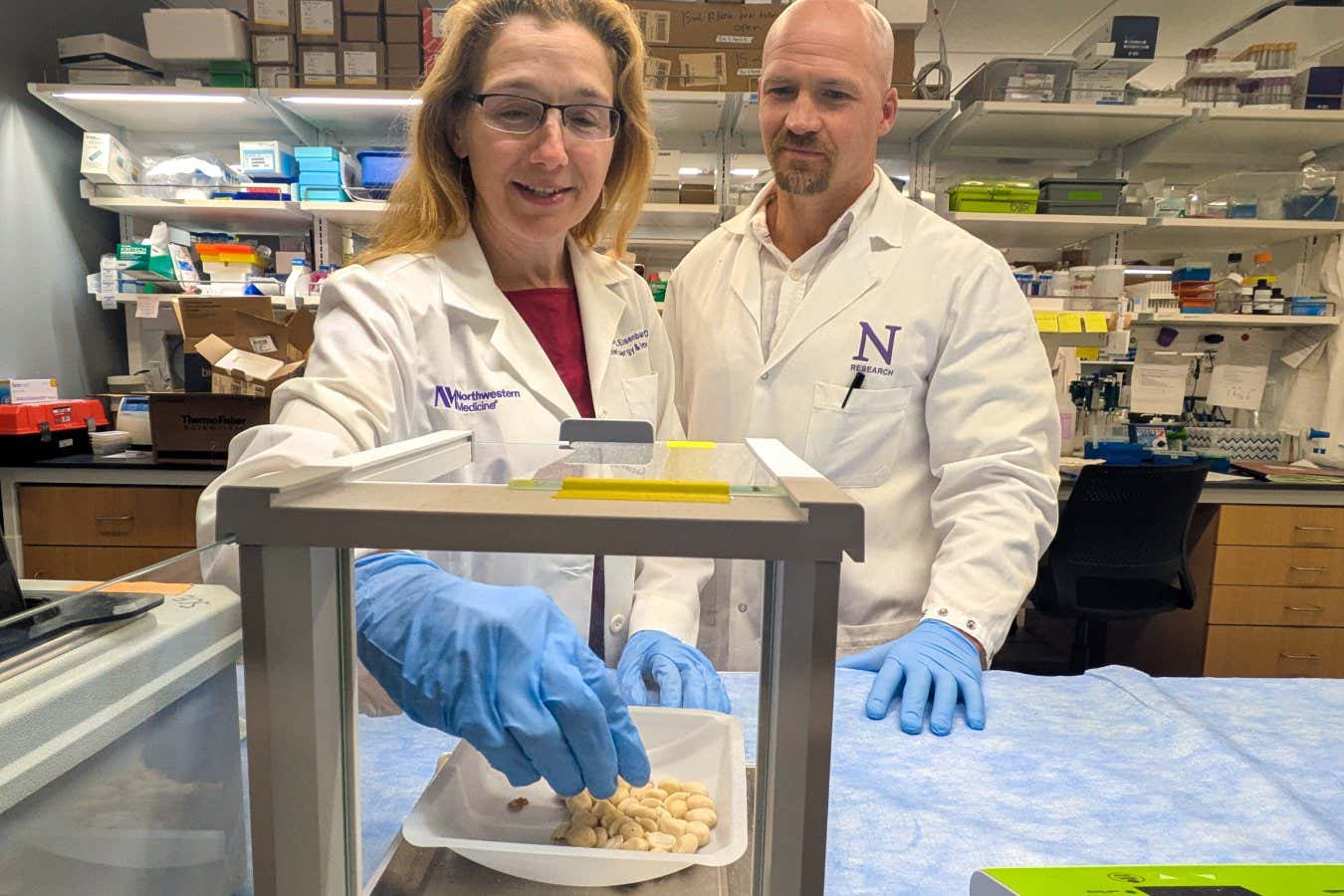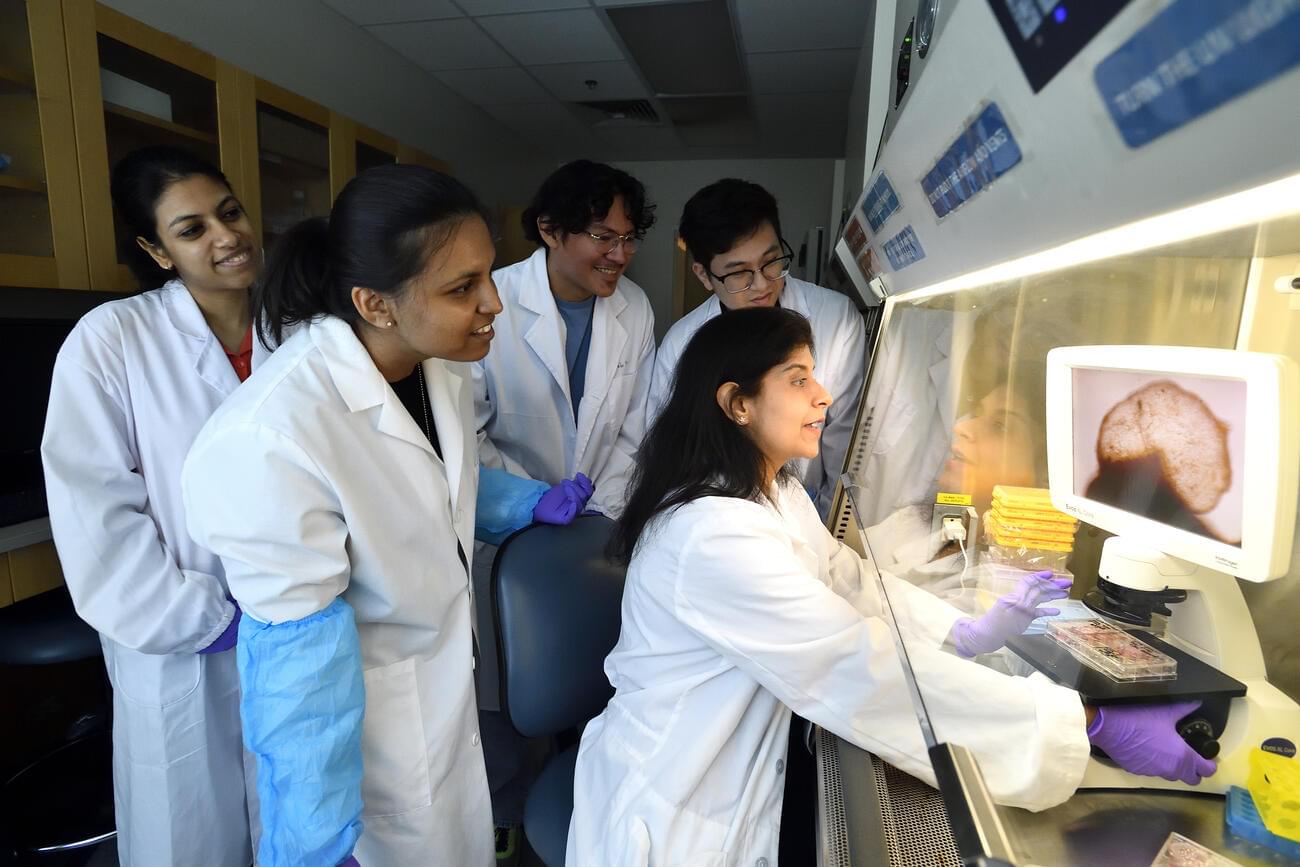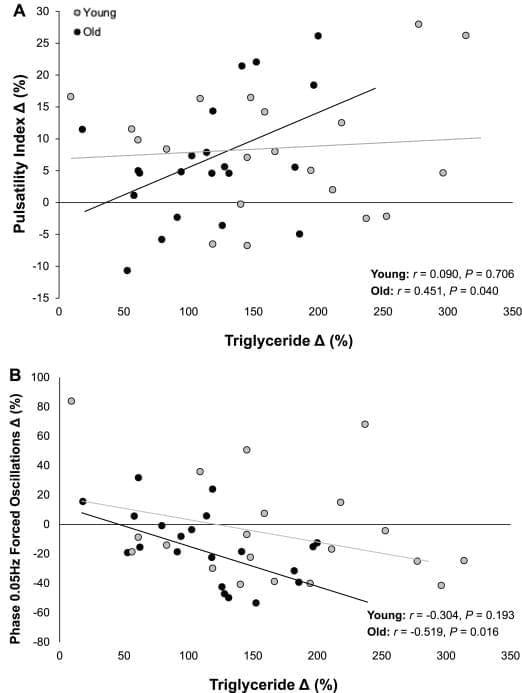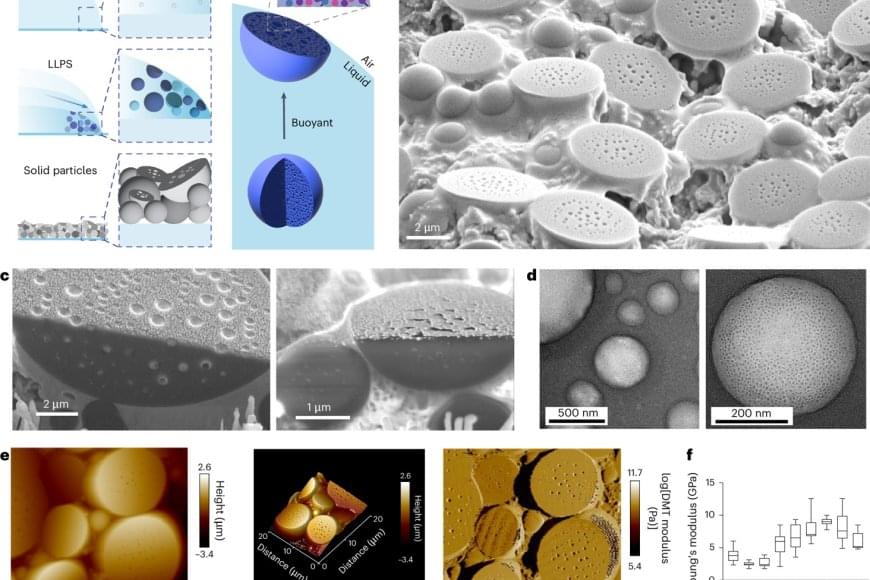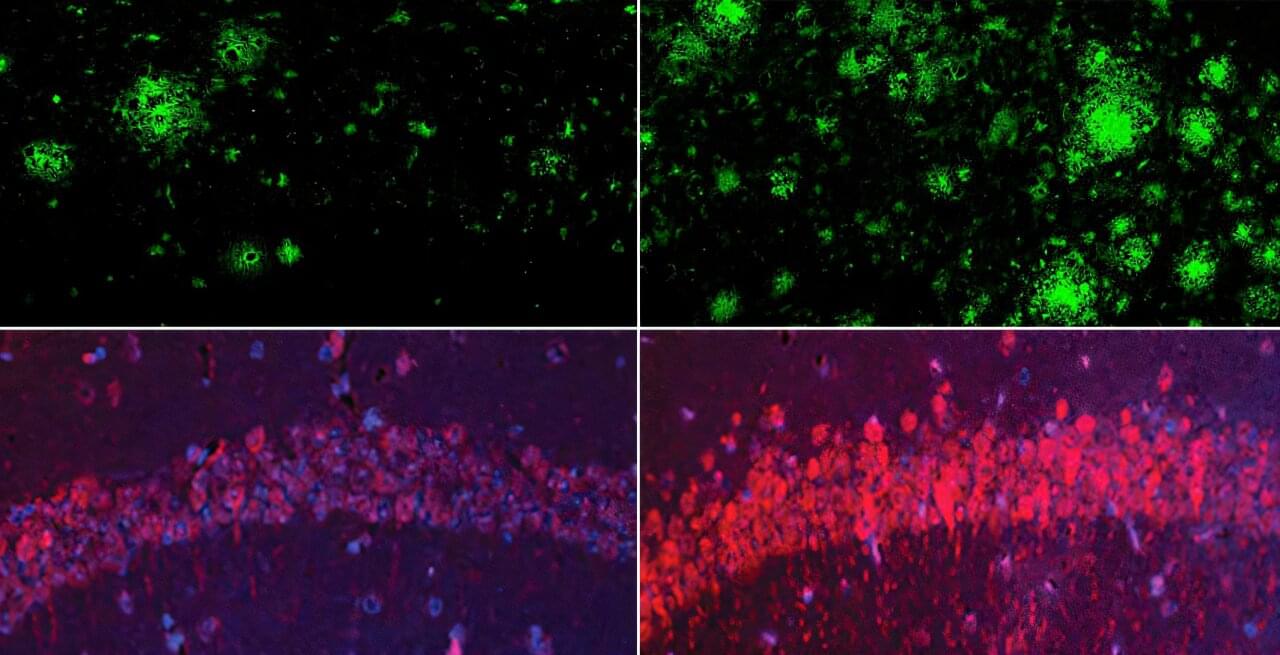What would you do if medicine offered no answers?
Liz Parrish didn’t wait for FDA approval. She became the first person in the world to take multiple gene therapies, using her own body to test a future that medicine wasn’t ready for.
Since then, she’s taken 10 gene therapies, helped over 300 people treat conditions once considered untreatable, and challenged one of the biggest assumptions in healthcare:
👉 Should we treat aging the same way we treat disease?
In this talk, Liz shares how her personal decision created ripple effects across the world — and why gene therapy may be the first real step toward extending not just health span, but lifespan.
What you’ll hear:
